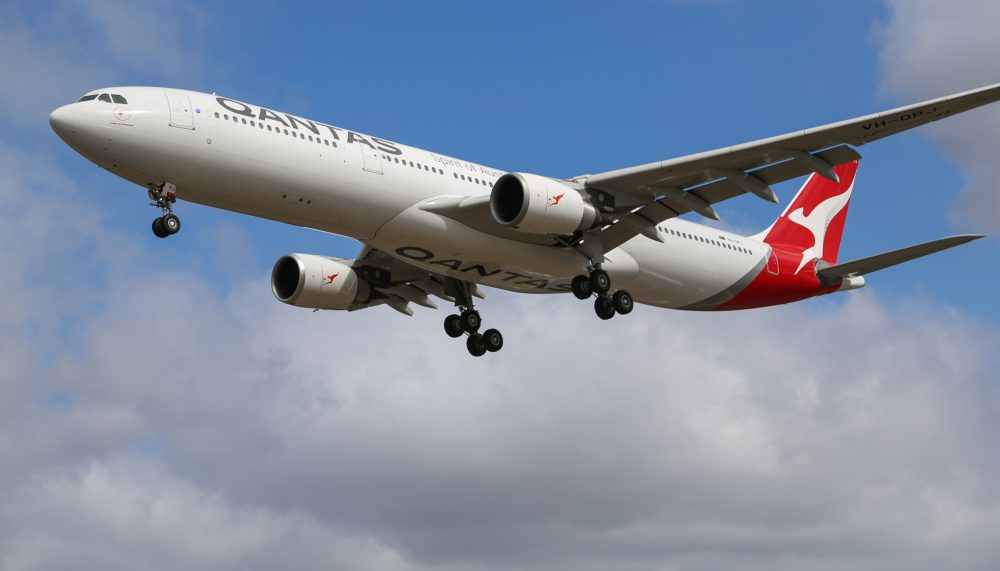From 23 November, Qantas and Jetstar will operate more than 250 flights per week across five routes, offering travellers 48,000 seats between the two states. This compares with just ten return flights per week operating between Melbourne and Sydney (the only route currently operating between NSW and VIC).
Both carriers say they will look to add more flights if there is sufficient demand.
The flights will see the Qantas Group’s overall domestic capacity increase from around 30 per cent per cent of pre-COVID levels to just under 40 per cent from late November, with more aircraft ‘woken up’ and more employees returning to work to support the additional flying.
As a result of the COVID-19 pandemic, Qantas and Jetstar have introduced a number of initiatives to help customers to book with greater flexibility, including allowing a flight to be moved free of charge, as well as introducing additional health and safety measures through its Fly Well program.

“This is fantastic news,” said Qantas Domestic and International CEO, Andrew David. “We’ve added thousands more flights back into our schedule today which will see Melbourne-Sydney once again become the busiest air route in Australia.
“November 23 will be a day many people will now be looking forward to. It’s exciting for the family and friends who can finally be reunited after months apart.
“It’s also great for businesses, and great for getting more of our planes in the air and more of our people back to work.
“Pre-COVID, Melbourne-Sydney was the busiest air route in Australia and the second busiest in the world. On a busy day, Qantas and Jetstar would operate more than 100 flights per day between New South Wales and Victoria. During the lockdown, our schedule reduced to as low as one flight a day.
“When you consider the social and economic impact of border closures, we’ve always said things should open up as soon as it’s safe to do so. New South Wales has led the way in taking a sensible, risk-based approach to borders that’s supported by what is probably one of the best contact tracing programs in the world.
“It’s great to see New South Wales and Victoria working together on what is a national issue. Queensland and Western Australia are unfortunately taking a different approach, which doesn’t seem based on a realistic assessment of risk,” he said.